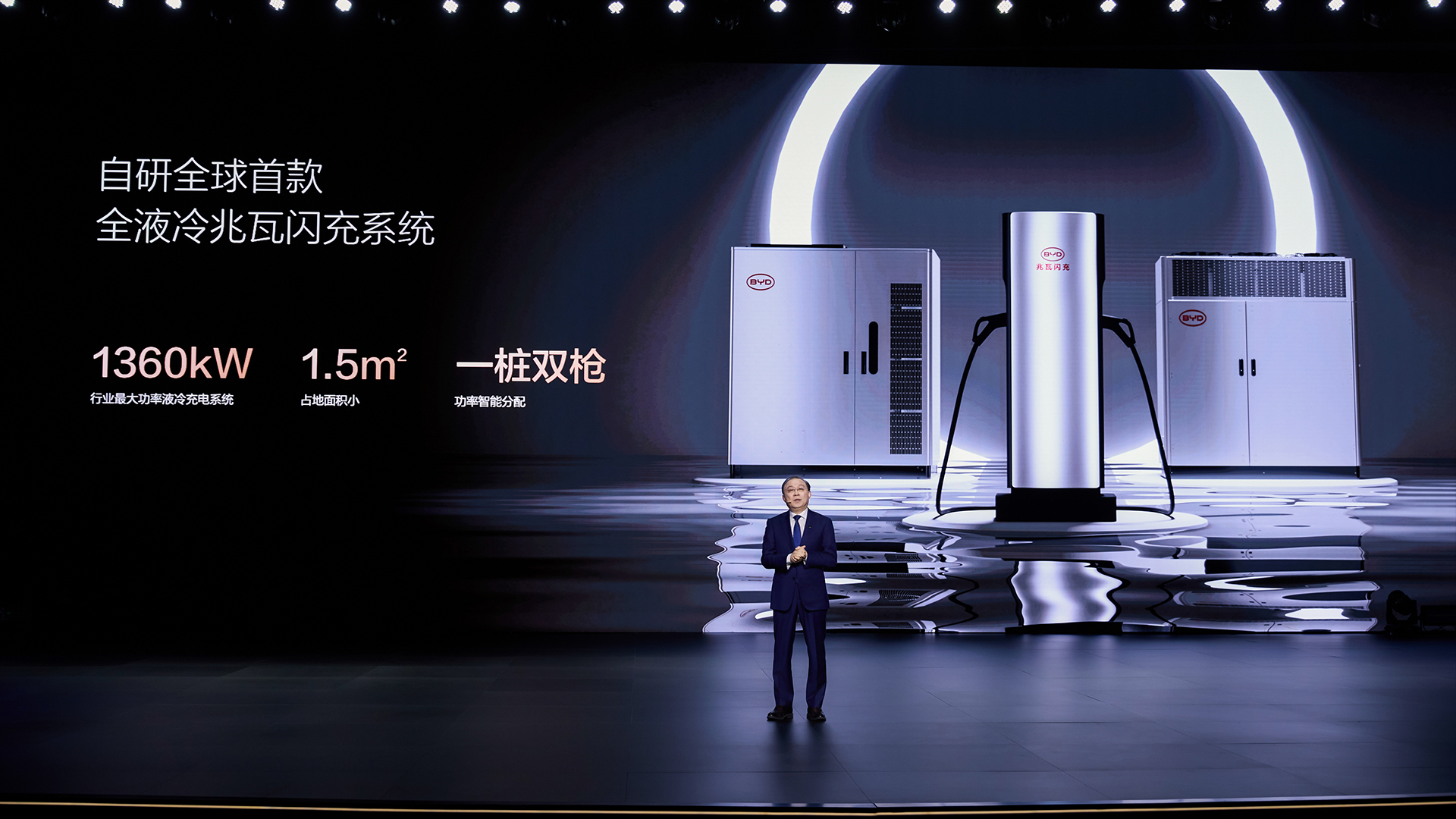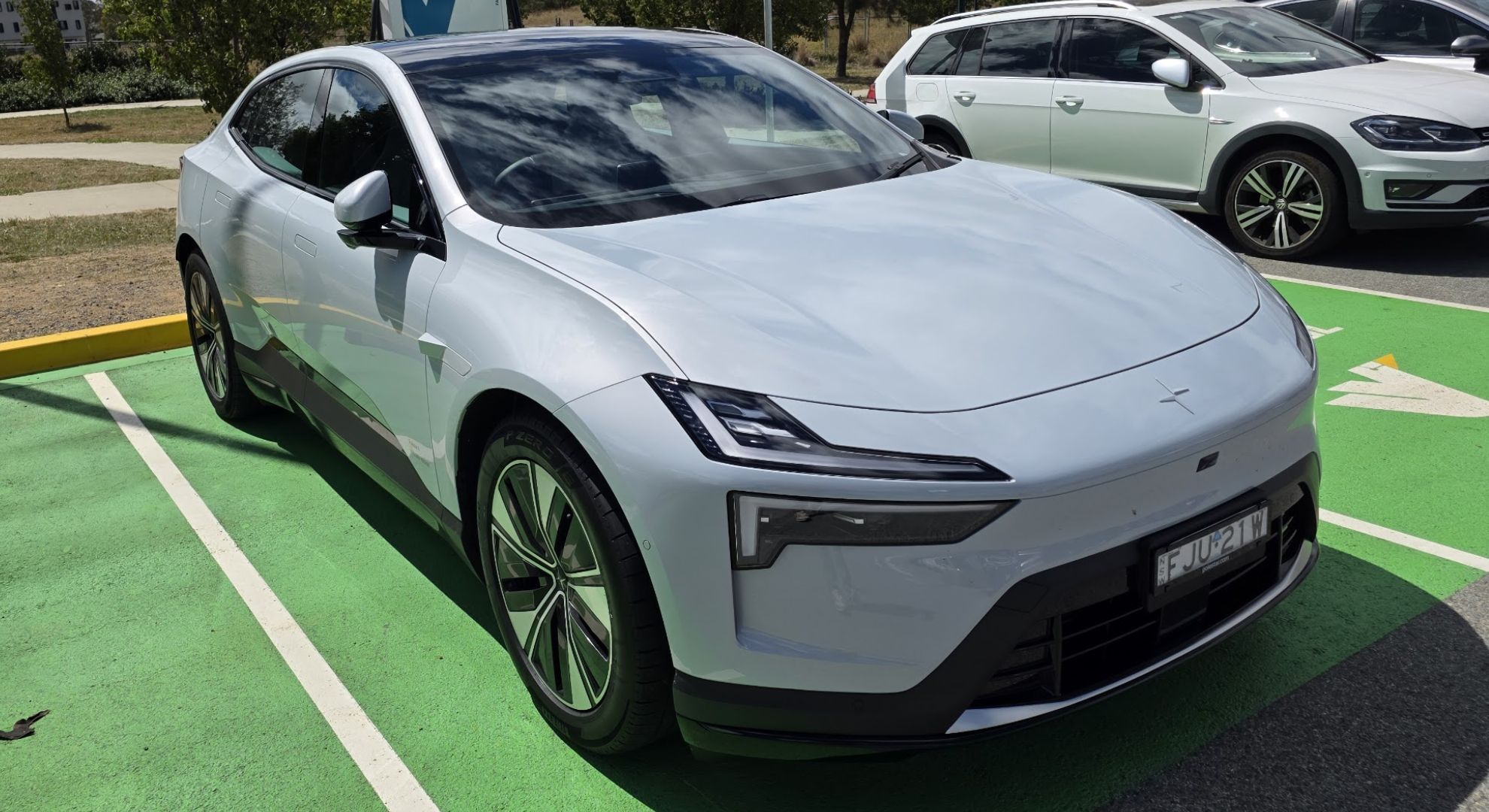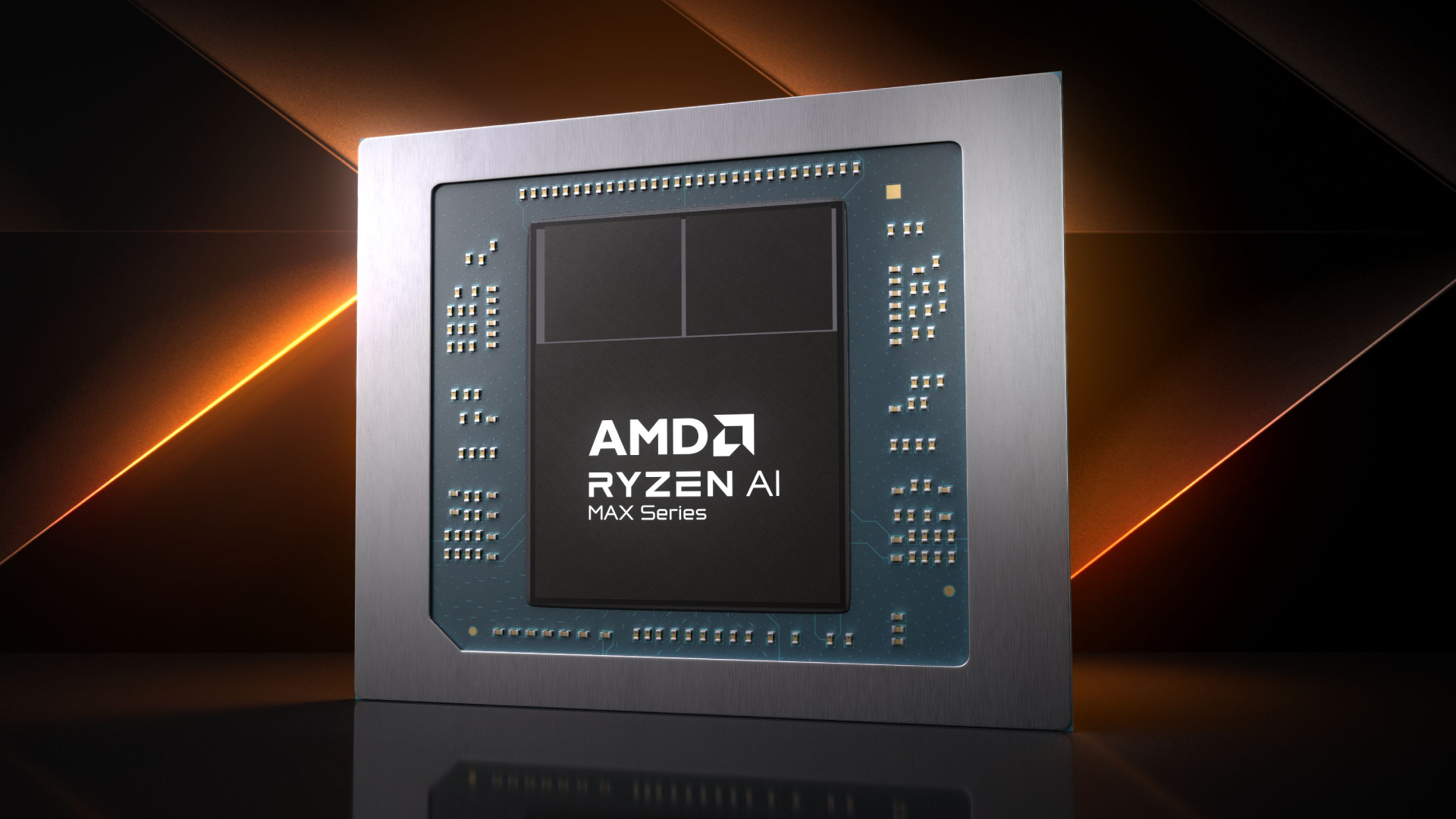- BYD, Zeekr and Huawei are all developing EV chargers that deliver 1MW
- Seeker’s 1.2MW charger is designed for passenger vehicles
- Early experiences suggests that more power might not be the answer
Several major Chinese electric vehicle manufacturers have recently announced powerful new charging networks that are capable of reaching in excess of 1,000kW rates – or 1 megawatt, as highlighted by numerous attention-grabbing headlines. But early reports from China suggest they might not be the game-changers they sound like on paper.
The staggeringly-powerful outlets eclipse the current “ultra fast-charging” offering, which generally sees tops out at around 350kW, allowing a handful of EVs fitted with an 800V electrical architecture to charge from 10-80% in around 20-minutes.
However, BYD’s recent Super e-Platform proved that it can add 249 miles of range in five minutes from its proposed 1MW charging outlets.
Not to be outdone, Huawei quickly teased its 1.5MW charger and Zeekr introduced a single connector, car-focussed liquid-cooled charger that is capable of delivering 1.2MW of power to its next-generation EVs.
But not everyone is convinced that ultra high-power chargers are the answer and early reports surfacing from China suggest that a number of EV owners are failing to achieve the advertised charging rates.
According to Car News China, users have reported that even vehicles marketed as capable of charging 80% in 15 minutes usually require closer to 30 minutes or longer in practical scenarios.
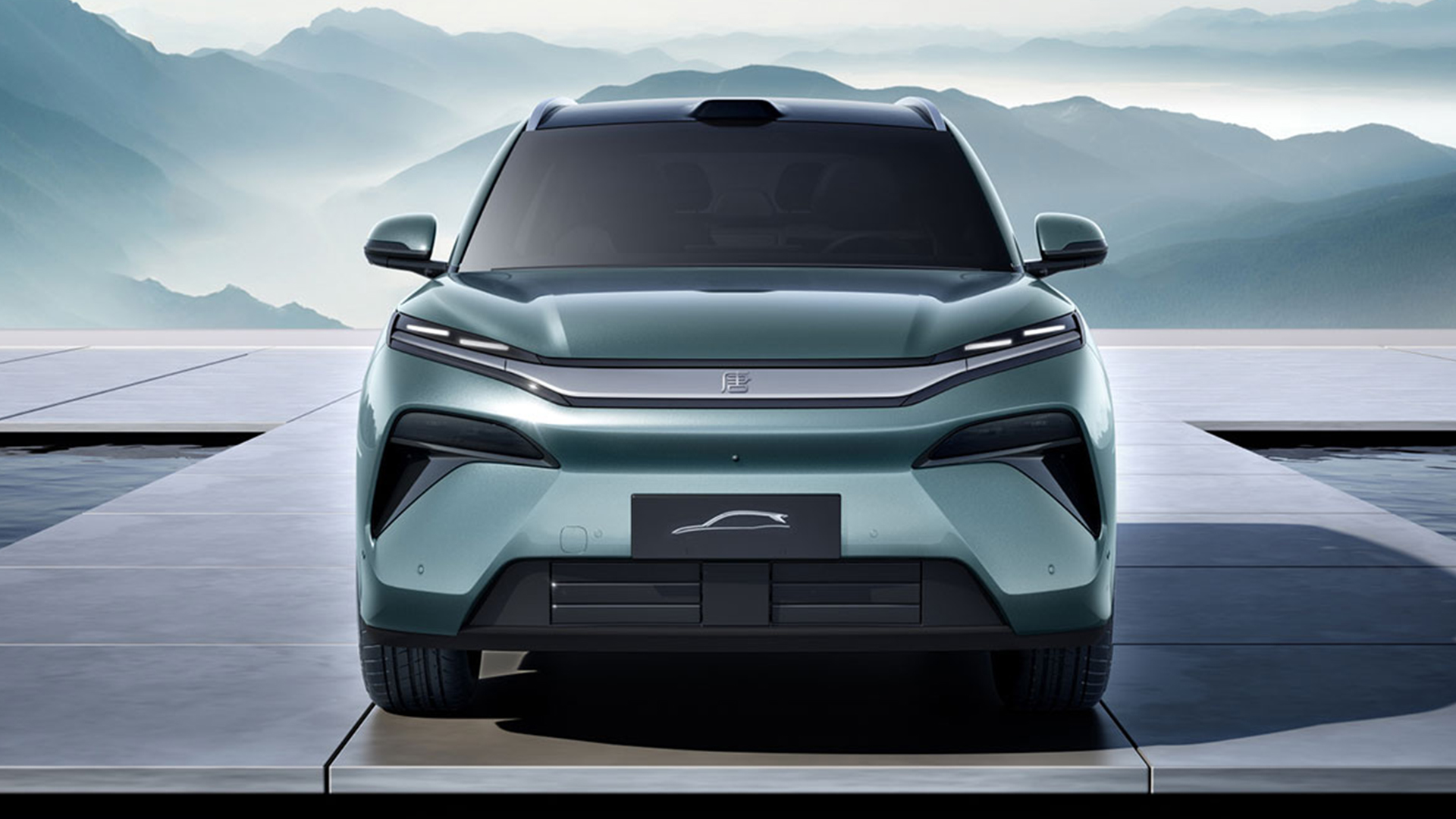
The article goes on to explain that BYD’s technology requires a sustained delivery of 1000V and 1000A to achieve the proposed “five minute” charge times, which is difficult to achieve in real-world scenarios, where there are fluctuations due to demand on the grid, the performance of the charger’s built-in cooling system, and even the weather.
Secondly, these high-powered outlets tend to require a complicated cooling system to prevent them from melting, which makes each individual charger up to five times more expensive than a traditional charger and costlier to maintain over the long term.
Finally, there is the important issue of strain on local grids, as the power draw is so high it could massively disrupt supplies to homeowners and local business.
The Chinese manufacturers have attempted to combat this by also installing large scale back-up power packs, which can be charged from solar or be trickle-fed form the grid to provide excess power to the charging outlets when demand is high.
Car News China points out that the reliance on energy storage, such as the system proposed by BYD, introduces another limitation: once the stored energy is depleted, subsequent vehicles will not be able to benefit from the same ultra-fast charging speeds.
Ultra-fast charging might not be the answer
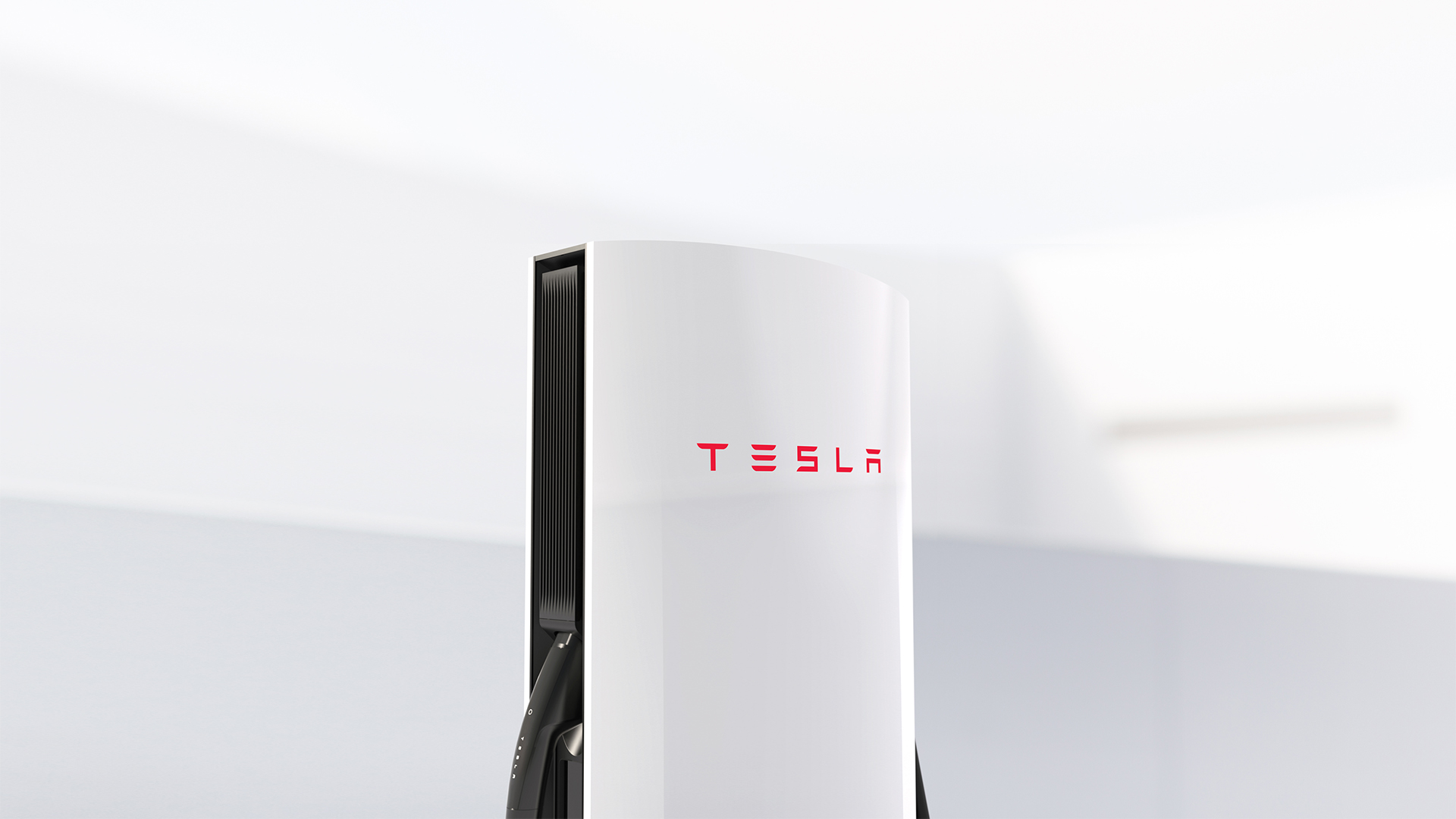
While range anxiety and concerns around the public charging network are undoubtedly major hurdles facing indecisive EV buyers, simply throwing ever-more powerful charging outlets at the problem likely isn’t the best solution.
As EV battery tech continues to improve, owners will be able to achieve greater mileage out of a single charge. A robust, functioning network, like the one offered by Tesla and its Superchargers, provides the peace of mind that you can simply stop, plug in and get on your way.
Most regular drivers crave a quick pit stop and a break from driving when covering hundreds of miles and, in my experience, a stop to charge coincides with my natural need to have a rest anyway.
By the time I’ve ushered my kids out of a vehicle and into a service station for a toilet break and a drink, most modern EVs will have nailed the 10-80% charge.
Granted, the sort of five-minute charge advertised by BYD is attractive and would be ideal for those electric vehicles that can only manage 150 miles on a single charge, but the technology won’t be associated with these “more affordable” vehicles.
It will be the reserve of the larger, more expensive EVs with massive battery packs or, as is the case with most 1MW charging technology, heavy duty trucks and commercial vehicles.
Siemens, for example, completed the first successful 1MW charge early last year, showcasing the ability to rapidly top up a long-haul prototype eTruck from 20-80% in around 30 minutes.
For haulage firms that rely on speed and reliability, this is essential, but for passenger cars, I’m not so sure.
The technology is hugely expensive, puts excessive strain on the grid and requires a greater level of planning and infrastructure to install – all factors that will deter anyone investing in a burgeoning charging network.
You might also like
- BYD’s latest electric vehicle platform can add 249-miles of range in just five minutes – your move Tesla!
- Tesla's Supercharger network gets faster charging speeds in the US, but not all owners are happy about it
- The Tesla Cybertruck’s range-extending battery pack has stealthily disappeared, suggesting the project might be dead
